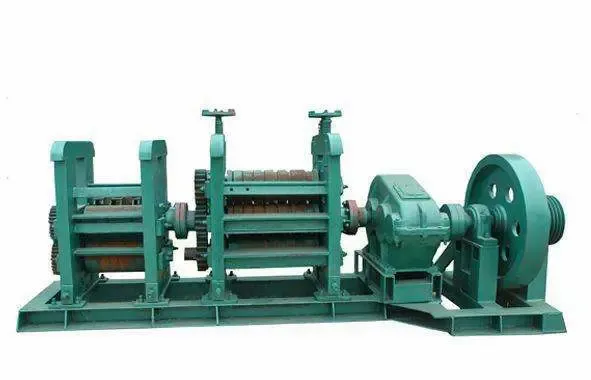
Contact Details
https://api.whatsapp.com/send/?phone=008617538889778&text&type=phone_number&app_absent=0
Email:[email protected]
Wechat/Whatsapp:008617538889778
Tel:86-379-65188091
A rolling mill is a mechanical device that rolls metal billets into the desired shape and size through rotating rollers. It is widely used in steel, non-ferrous metals, machinery manufacturing, automobiles, aerospace and other industries.
The main uses of rolling mills include:
Rolling steel: rolling billets or steel into steel of various shapes and sizes, such as steel plates, steel strips, steel pipes, and steel sections, etc. through rolling mills.
Rolling non-ferrous metals: rolling non-ferrous metal billets into non-ferrous metal materials of various shapes and sizes, such as aluminum plates, copper strips, and copper foils, etc. through rolling mills.
Rolling mechanical parts: rolling metal billets into mechanical parts of various shapes and sizes, such as gears, shafts, and bearings, etc. through rolling mills.
Rolling metal pipes: rolling metal billets into metal pipes of various shapes and sizes, such as seamless steel pipes, welded steel pipes, etc. through rolling mills.
Other uses: rolling mills can also be used to roll metal foils, metal wires, metal powders, etc.
In short, the rolling mill is a very important mechanical equipment, which plays an important role in the metal processing industry.
Rolling mill size
The size of the rolling mill usually includes multiple parameters.
Roller size
Diameter: The diameter of the roll has an important impact on the production capacity and product specifications of the rolling mill. Rollers with larger diameters can withstand greater rolling forces and are suitable for rolling thicker and harder materials, but the equipment cost and floor space will also increase accordingly.
Length: The length of the roll determines the width of the rollable plate. Longer rolls can produce wider plates, but they will also put higher requirements on the structural strength and precision control of the equipment.
Overall size of the rolling mill
Length: Including arch spacing, working space before and after the rolls, etc. Longer rolling mills can accommodate more auxiliary equipment and process flows, but the difficulty of installation and maintenance will also increase.
Height: Involves the installation height of the rolling mill and the height of the operating platform. The appropriate height is convenient for operators to operate and maintain, and the connection with upstream and downstream equipment should also be considered.
Width: Mainly the width of the archway and the lateral size of the equipment. The width affects the stability and space occupancy of the equipment.
The size of the rolling mill will vary according to different production needs, product specifications and process requirements. When selecting a rolling mill, it is necessary to comprehensively consider factors such as production capacity, product quality, equipment cost and installation space to determine the most suitable rolling mill size.
How to Melt Aluminum Cans at Home?
Difference between Melting and Smelting
Induction furnace and steelmaking